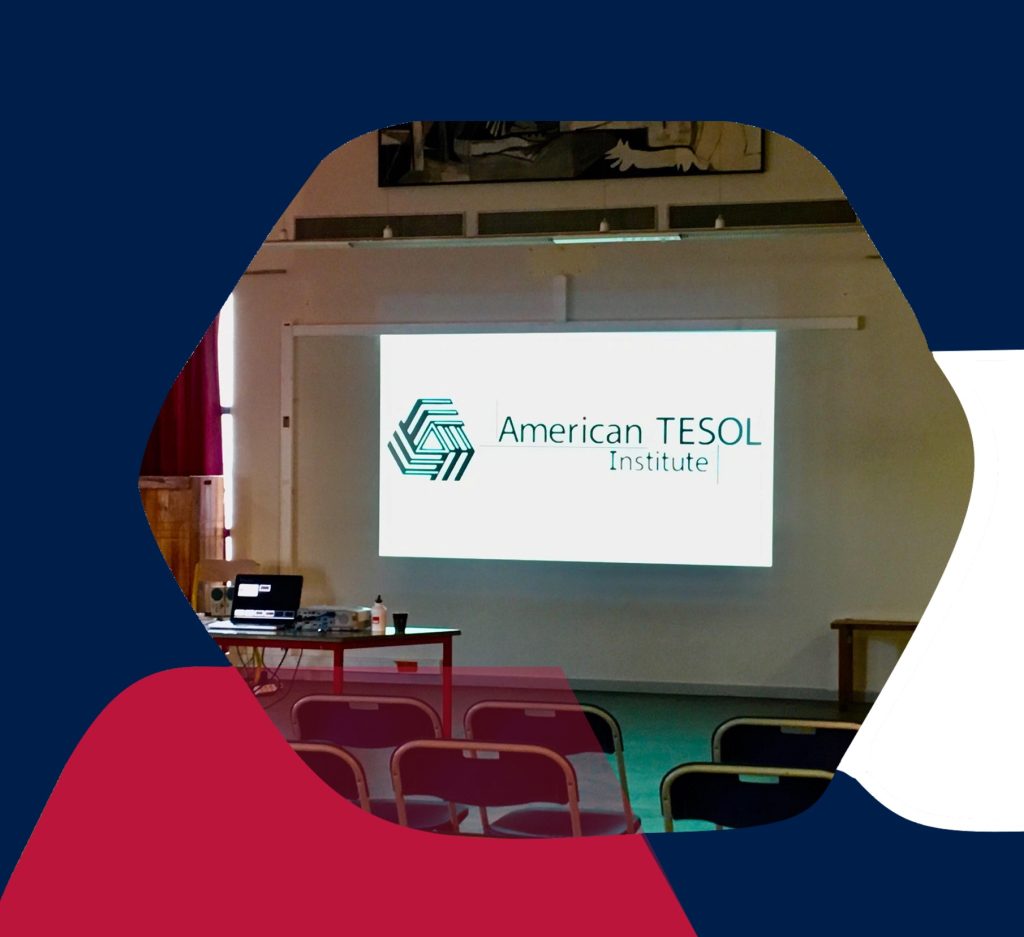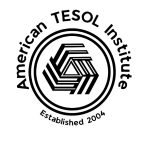All are welcome to join us live for an exciting webinar on Lexical Semantics to build learners’ vocabulary through synonymy, polysemy, and homonymy. This American TESOL webinar will unlock the power of words, and empower students with the art of effective expression.
Are you passionate about enhancing language learning and empowering your students with a rich vocabulary? Look no further! We’re thrilled to invite you to an enlightening webinar on Lexical Semantics, presented by experts in the field at American TESOL Institute.
Why Attend?
Discover the Magic of Words: Dive into the fascinating world of Lexical Semantics and learn how to guide your students in building a powerful vocabulary arsenal. This webinar will equip you with the tools to explore three vital aspects:
Synonymy: Explore how synonyms add depth to language and empower learners to express themselves with precision.
Polysemy: Learn how to navigate the rich tapestry of words with multiple meanings, and help your students grasp context-based nuances.
Homonymy: Uncover the art of distinguishing between homonyms, ensuring your students communicate effectively without confusion.
What to Expect?
Expert Insights: Our seasoned presenters will break down the concepts of synonymy, polysemy, and homonymy with real-world examples and engaging explanations.
Global Perspectives: Gain a cross-cultural understanding of how these semantic principles apply to different languages and contexts.
Practical Strategies: Walk away with actionable strategies to incorporate lexical semantics into your teaching methods and enhance your students’ language acquisition journey.
Interactive Q&A: Get your questions answered by experts during the interactive Q&A session.
Who Should Attend?
Educators: Teachers, language instructors, and educators eager to enrich their teaching toolkit. Learner Advocates: Individuals passionate about empowering learners with effective communication skills.
Join us on September 12th for an insightful webinar that promises to deepen your understanding of lexical semantics and elevate your teaching practices.
Lexical semantics is a branch of linguistics that focuses on the meaning of words and their relationships within the language system. It examines how words convey meaning, how they are related to each other, and how they are used in different contexts. Building learners’ vocabularies through concepts like synonymy, polysemy, and homonymy is an essential aspect of lexical semantics and language acquisition.
1. Synonymy: Synonyms are words that have similar meanings. Building learners’ vocabularies through synonymy involves introducing them to different words that convey similar concepts. This helps learners understand subtle shades of meaning and gives them options for expressing themselves effectively.
For example, instead of always using the word “happy,” learners can be introduced to synonyms like “joyful,” “content,” “pleased,” and “delighted.” This exposure to synonyms enriches their vocabulary and enables them to choose the most appropriate word based on the context.
2. Polysemy: Polysemy refers to words that have multiple related meanings. Learning about polysemy helps learners recognize how a single word can be used in various contexts with different meanings.
For instance, the word “bank” can refer to a financial institution or the side of a river. Teaching learners about polysemy allows them to grasp these nuances and use words accurately based on context.
3. Homonymy: Homonyms are words that sound the same or are spelled the same but have different meanings. Building learners’ vocabularies through homonymy involves helping them distinguish between homonyms and understand their distinct meanings.
An example of homonyms is the word “bat,” which can refer to a flying mammal or a piece of sports equipment used in baseball. Teaching learners about homonymy enhances their language skills by preventing confusion and enabling them to use words accurately.
Using Lexical Semantics in Language Teaching: When teaching vocabulary, instructors can incorporate lexical semantic concepts to enhance students’ understanding and use of words. Here’s how:
- Contextual Usage: Provide sentences or short texts where synonyms, polysemous words, or homonyms are used. Encourage students to identify the meanings based on context.
- Word Mapping: Create word maps or semantic webs that connect words with their synonyms, related meanings, and different contexts of usage.
- Examples and Illustrations: Use relatable examples to demonstrate the differences between synonyms, various meanings of polysemous words, and homonyms.
- Vocabulary Games: Engage students in games that involve identifying synonyms, explaining polysemy, or distinguishing between homonyms. This makes learning enjoyable and interactive.
- Real-world Applications: Provide real-life scenarios where students have to choose the most suitable synonym, meaning, or homonym for effective communication.
By teaching vocabulary through synonymy, polysemy, and homonymy, instructors help learners develop a deeper understanding of word meanings, enabling them to use language more precisely and expressively.



